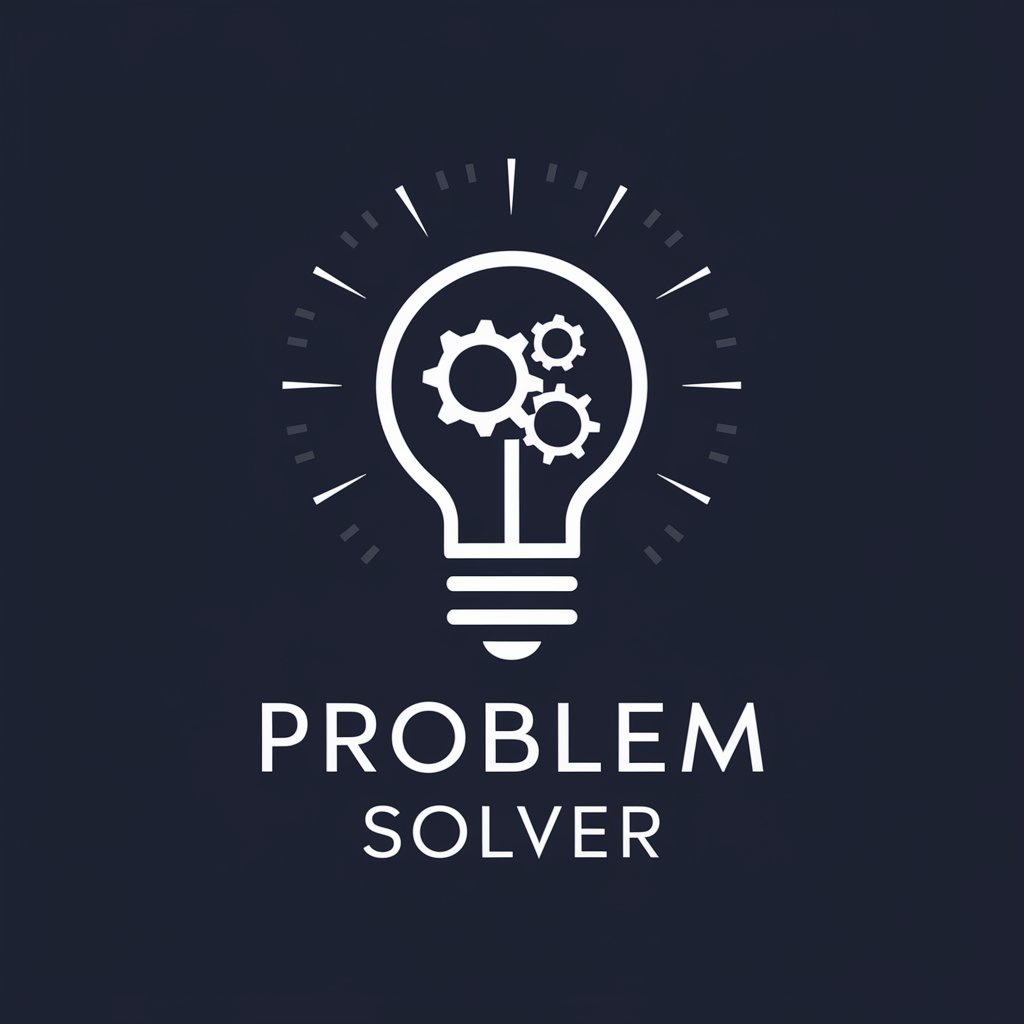12 GPTs for Root Cause Analysis Powered by AI for Free of 2026
AI GPTs for Root Cause Analysis leverage the power of Generative Pre-trained Transformers to offer specialized solutions in identifying the fundamental causes of issues or events. These tools analyze vast amounts of data to provide insights and predictions, facilitating a deeper understanding of problems within various domains. By integrating GPTs' capabilities, they enable users to efficiently pinpoint the underlying reasons for specific outcomes, making them invaluable in environments where accurate diagnosis is critical for effective problem-solving.
Top 10 GPTs for Root Cause Analysis are: Fishbone Diagram Creator,Kaizen Mentor,ISHIKAWA,💰🚀 Workflow- and business proces analyst V1 📈📊,5why 追问法,5 Whys,The 5 Whys,WhyFinder,Diagnostic Issue Tree creator,Why-Finder
Fishbone Diagram Creator
Unveil underlying issues with AI precision.

Kaizen Mentor
Empowering Decisions with AI-Powered Kaizen

ISHIKAWA
AI-powered root cause analysis.

💰🚀 Workflow- and business proces analyst V1 📈📊
Optimize Workflows with AI Insight

5why 追问法
Uncover and solve problems efficiently

5 Whys
Uncover deeper truths with AI-driven analysis.

The 5 Whys
Uncover root causes with AI-powered analysis

WhyFinder
Unlock insights with AI-driven analysis

Diagnostic Issue Tree creator
Map Your Problems, Discover Solutions

Why-Finder
AI-Powered Deep Dive into Problem Solving

Five Whys Analysis
Uncover deeper insights with AI-powered analysis

Problem Solver
AI-powered root cause analysis and solution generation

Key Attributes of AI GPTs in Root Cause Analysis
AI GPTs for Root Cause Analysis are characterized by their exceptional adaptability, allowing for customization to address a wide range of complexity levels within root cause investigations. These tools offer features such as advanced language understanding for processing natural language inputs, technical support for interpreting technical data, and capabilities for web searching, image generation, and data analysis. Unique to these GPTs is their ability to learn from interactions, improving their diagnostic suggestions over time and providing tailored recommendations for diverse scenarios.
Who Benefits from Root Cause Analysis GPTs?
These AI tools are designed for a broad audience, including novices seeking to understand root cause analysis basics, developers integrating advanced AI capabilities into applications, and professionals across various fields needing to identify and address the root causes of issues. Accessibility for non-coders is a key feature, with intuitive interfaces and guided processes, while offering programmable options for those with technical expertise to create customized solutions.
Try Our other AI GPTs tools for Free
Continuous Improvement
Discover how AI GPTs for Continuous Improvement revolutionize efficiency and innovation, offering adaptable solutions for organizational growth and operational excellence.
Plagiarism Reduction
Discover how AI GPTs for Plagiarism Reduction leverage advanced algorithms to ensure content originality, serving a wide audience from students to professionals.
Scientific Study
Unlock the potential of scientific research with AI GPTs. Tailored machine learning models designed to enhance data analysis, literature review, and problem-solving in various scientific fields.
Problem-Solving Tool
Discover AI GPTs for Problem-Solving: advanced tools designed to enhance decision-making and operational efficiency through adaptive and intelligent problem-solving capabilities.
Debate Management
Explore how AI GPTs for Debate Management revolutionize debate preparation and analysis, offering tools for argument generation, real-time assistance, and comprehensive insights.
Real-Time Adaptation
Discover how AI GPTs for Real-Time Adaptation offer dynamic, tailored AI solutions for instant decision-making and problem-solving across industries.
Expanded Perspectives on AI GPTs for Analyzing Root Causes
AI GPTs revolutionize root cause analysis by offering customized, scalable solutions across sectors. Their user-friendly interfaces facilitate widespread adoption, while the potential for system integration streamlines workflow processes. This adaptability ensures that organizations of all sizes can leverage the power of AI to uncover and address the fundamental reasons behind challenges they face.
Frequently Asked Questions
What exactly is AI GPT for Root Cause Analysis?
It refers to AI tools powered by Generative Pre-trained Transformers, tailored to identify and analyze the root causes of problems across various domains.
How does AI GPT for Root Cause Analysis work?
These tools analyze data, interpret user queries in natural language, and apply machine learning to offer predictions and insights into the underlying causes of issues.
Can non-technical users operate these GPT tools?
Yes, these tools are designed with user-friendly interfaces that allow individuals without programming skills to effectively use them for root cause analysis.
Are there customization options for developers?
Absolutely. Developers can leverage APIs and programming interfaces to customize and integrate the tools' capabilities into their own applications.
What makes AI GPTs unique in Root Cause Analysis?
Their adaptability, language understanding, and continuous learning capabilities set them apart, providing precise and evolving insights into root causes.
How can AI GPTs improve decision-making?
By providing accurate, data-driven insights into the root causes of issues, these tools help stakeholders make informed decisions to address and prevent future occurrences.
Can these tools integrate with existing systems?
Yes, with the appropriate customization, AI GPTs can be integrated with existing systems to enhance their analytical capabilities.
What sectors benefit most from Root Cause Analysis GPTs?
Sectors such as manufacturing, healthcare, IT, and customer service, where identifying and solving underlying issues is crucial, can significantly benefit from these tools.